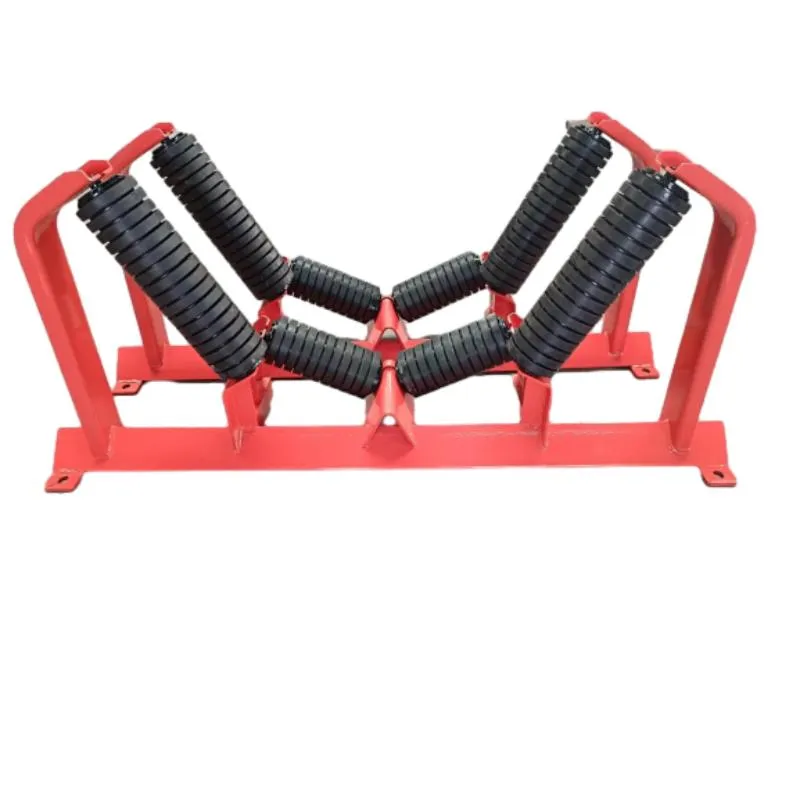 Afrikaans
Afrikaans  Albanian
Albanian  Amharic
Amharic  Arabic
Arabic  Armenian
Armenian  Azerbaijani
Azerbaijani  Basque
Basque  Belarusian
Belarusian  Bengali
Bengali  Bosnian
Bosnian  Bulgarian
Bulgarian  Catalan
Catalan  Cebuano
Cebuano  Corsican
Corsican  Croatian
Croatian  Czech
Czech  Danish
Danish  Dutch
Dutch  English
English  Esperanto
Esperanto  Estonian
Estonian  Finnish
Finnish  French
French  Frisian
Frisian  Galician
Galician  Georgian
Georgian  German
German  Greek
Greek  Gujarati
Gujarati  Haitian Creole
Haitian Creole  hausa
hausa  hawaiian
hawaiian  Hebrew
Hebrew  Hindi
Hindi  Miao
Miao  Hungarian
Hungarian  Icelandic
Icelandic  igbo
igbo  Indonesian
Indonesian  irish
irish  Italian
Italian  Japanese
Japanese  Javanese
Javanese  Kannada
Kannada  kazakh
kazakh  Khmer
Khmer  Rwandese
Rwandese  Korean
Korean  Kurdish
Kurdish  Kyrgyz
Kyrgyz  Lao
Lao  Latin
Latin  Latvian
Latvian  Lithuanian
Lithuanian  Luxembourgish
Luxembourgish  Macedonian
Macedonian  Malgashi
Malgashi  Malay
Malay  Malayalam
Malayalam  Maltese
Maltese  Maori
Maori  Marathi
Marathi  Mongolian
Mongolian  Myanmar
Myanmar  Nepali
Nepali  Norwegian
Norwegian  Norwegian
Norwegian  Occitan
Occitan  Pashto
Pashto  Persian
Persian  Polish
Polish  Portuguese
Portuguese  Punjabi
Punjabi  Romanian
Romanian  Russian
Russian  Samoan
Samoan  Scottish Gaelic
Scottish Gaelic  Serbian
Serbian  Sesotho
Sesotho  Shona
Shona  Sindhi
Sindhi  Sinhala
Sinhala  Slovak
Slovak  Slovenian
Slovenian  Somali
Somali  Spanish
Spanish  Sundanese
Sundanese  Swahili
Swahili  Swedish
Swedish  Tagalog
Tagalog  Tajik
Tajik  Tamil
Tamil  Tatar
Tatar  Telugu
Telugu  Thai
Thai  Turkish
Turkish  Turkmen
Turkmen  Ukrainian
Ukrainian  Urdu
Urdu  Uighur
Uighur  Uzbek
Uzbek  Vietnamese
Vietnamese  Welsh
Welsh  Bantu
Bantu  Yiddish
Yiddish  Yoruba
Yoruba  Zulu
Zulu Essential Parts of Roller Conveyor Systems for Efficient Material Handling
Understanding Roller Conveyor Components Essential Elements for Efficient Material Handling
Roller conveyors are a vital part of material handling systems, utilized across various industries for transporting goods efficiently. The design of roller conveyors may seem straightforward, but their components are intricate, each playing a crucial role in optimizing performance and ensuring smooth operation. In this article, we will delve into the key components of roller conveyors and their significance in enhancing productivity.
1. Rollers
The most fundamental component of any roller conveyor system is the rollers themselves. These cylindrical elements provide the surface on which items are transported. Rollers can be made from various materials, including steel, plastic, or rubber, depending on the application and the weight of the items being conveyed. There are different types of rollers, such as gravity rollers that rely on the force of gravity for movement, and powered rollers that utilize a motor for propulsion.
2. Frames
The frame forms the backbone of roller conveyors, supporting and housing the rollers. A robust frame is essential to handle the load and ensure stability during operation. Frames are typically constructed from materials like steel or aluminum, providing strength and rigidity. Various designs are available, allowing for customization based on specific operational needs, ensuring that the conveyor can handle different dimensions and weights effectively.
3. Drive Mechanisms
In powered roller conveyors, the drive mechanism is essential for movement. It typically includes a motor and a system of belts or chains that connect to the rollers. This setup ensures that the rollers rotate smoothly and efficiently, enabling the conveyor to transport materials at a consistent speed. The selection of the drive mechanism must take into account the application requirements, such as load capacity and speed.
roller conveyor components

To maintain proper height and stability, roller conveyors are equipped with supports and stands. These components ensure that the conveyor is level and securely positioned, preventing any movement or wobbling during operation. Adjustable stands are particularly useful, as they allow for flexibility in installation and can accommodate uneven flooring or varying height requirements.
5. Bearings
Bearings are critical components that facilitate the smooth rotation of rollers. They reduce friction between the roller and the frame, ensuring that the conveyor operates with minimal resistance. The choice of bearings is crucial; they must be able to handle the operational load and environment. Proper maintenance of bearings is also essential, as worn-out bearings can lead to inefficiency and increased wear on other components.
6. End Stops
End stops are safety features designed to prevent materials from rolling off the conveyor at the terminal points. These components assure that items are contained within the designated conveyor path, reducing the risk of spills and accidents. End stops can be adjustable, allowing operators to modify them according to the lengths of different materials being handled.
7. Control Systems
Modern roller conveyors often incorporate advanced control systems that allow operators to monitor and manage the flow of materials. These systems can include sensors, programmable logic controllers (PLCs), and user interfaces that enhance operational efficiency. Automated systems can regulate roller speed, detect jams, and provide feedback on system performance, ultimately leading to increased accuracy and reliability.
Conclusion
In conclusion, the components of roller conveyors work in synergy to create an effective system for material handling. Understanding these essential elements—rollers, frames, drive mechanisms, supports, bearings, end stops, and control systems—enables businesses to select the right conveyor solution for their specific needs. By investing in high-quality components and proper maintenance, companies can optimize their operations, enhance productivity, and ensure safe material handling. Whether it’s in warehousing, manufacturing, or distribution centers, roller conveyors remain a pivotal technology in the logistics industry, aiding in the efficient movement of goods.
-
Wing Pulley Conveyor for Conveyor Belt MaintenanceNewsJun.16,2025
-
Self Cleaning Spiral Idler for Conveyor DesignNewsJun.16,2025
-
Pulley Lagging for Conveyor Belt AlignmentNewsJun.16,2025
-
Impact Idlers Used in Belt Conveyor for PerformanceNewsJun.16,2025
-
Ceramic Lagging Conveyor Pulley for Conveyor Belt SystemsNewsJun.16,2025
-
Belt Conveyor Idler for Heavy-Duty ApplicationsNewsJun.16,2025





























